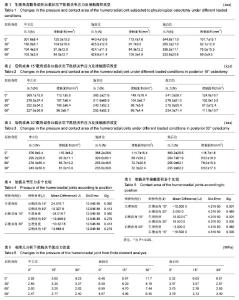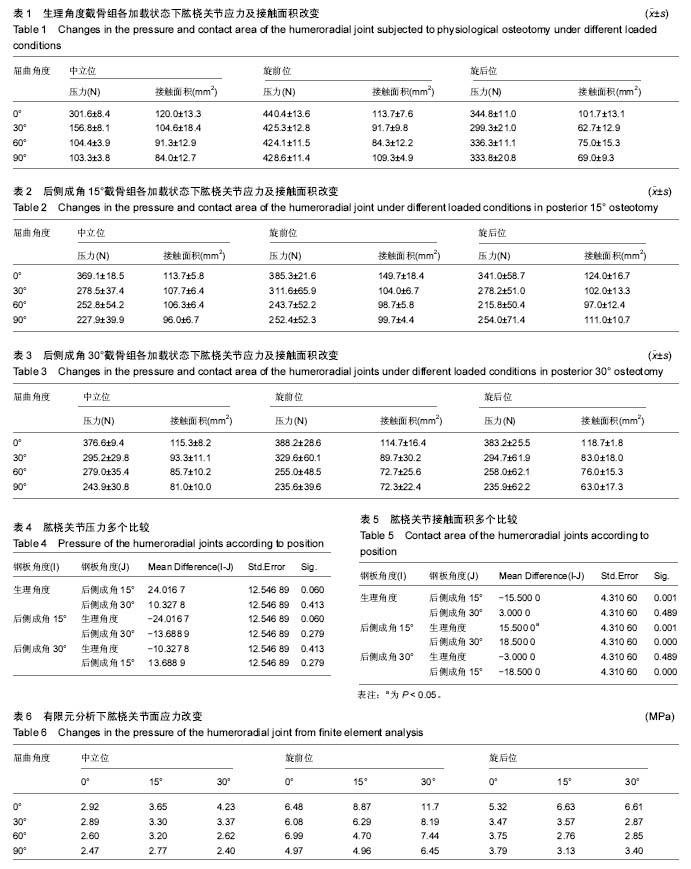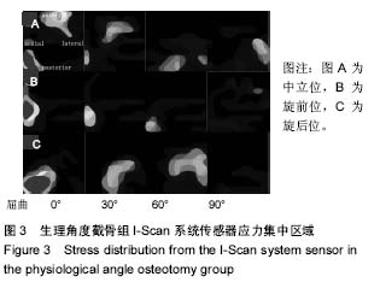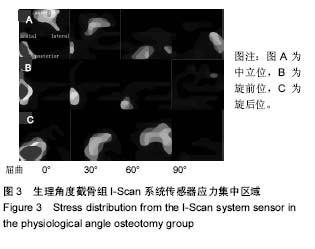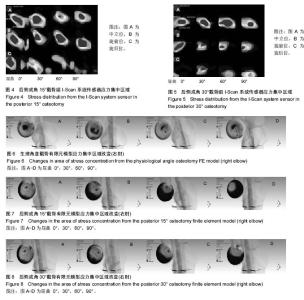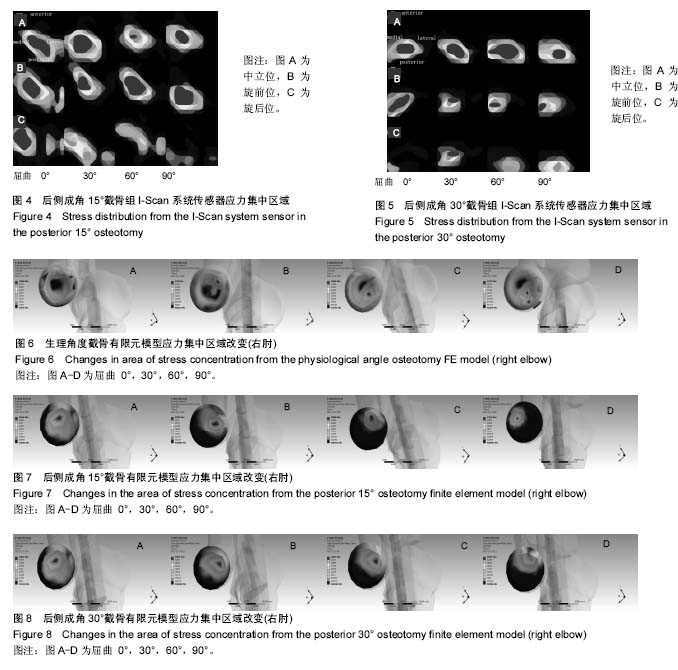| [1] Rang M. The story of orthopaedic. W.B. Saunders Company, 2000: 407-408.[2] Bado JI. The Monteggia lesion. Clin Orthop Relat Res. 1967; 50: 71-86.[3] Evens EM. Pronation injuries of the forearm, with special reference to the anterior Monteggia fracture. J Bone Joint Surg[Br]. 1949;31B:578-588.[4] Tompkins DG. The anterior Monteggia fracture: observations on etiology and treatment. J Bone Joint Surg[Am].1971;53:1109-1914.[5] Pesl T, Havranek P. Monteggia lesions in the growing skeleton: princeles of therapy. Acta Chir Orthop Traumatol Cech. 2010; 77(1):32-38.[6] Ladermann A, Cerinoi D, Lefevre Y, et al. Surgical treatment of missed Monteggia lesions in children. J Child Orthop. 2007;1(4): 237-242.[7] Hasler CC, Von Laer L, Hell AK. Open reduction, ulnar osteotomy and external fixation for chronic anterior dislocation of the radial head. J Bone Joint Surg Br. 2005;87(1):88-94.[8] Degreef I, De Smet L. Missed radial head dislocations in children associated with ulnar deformation: Treatment by open reduction and ulnar osteotomy. J Orthop Trauma. 2004;18(6):375-378.[9] 陈胜伟,张玉生,刁庆勋,等. 尺骨成角延长截骨治疗儿童陈旧性孟氏骨折[J]. 临床骨科杂志,2015,18(2):219-220+224.[10] 高敬尧,刘秋亮,张蛟,等. 尺骨斜行截骨成角延长术治疗儿童陈旧性孟氏骨折14例临床分析[J]. 中华实用诊断与治疗杂志, 2016,30(3): 249-250.[11] 李志荣,刘志明,周林峰,等. 治疗儿童陈旧性孟氏骨折12例的体会[J]. 中国卫生产业,2016,13(6):183-185.[12] 夏玉礼,张彦,马长生.儿童陈旧性孟氏骨折遗留关节功能障碍的早期手术治疗体会[J]. 中国骨与关节损伤杂志,2016,31(9):985-987. [13] Rahbek O, Deutch SR, Kold S, et al. Long-term outcome after ulnar osteotomy for missed Monteggia fracture dislocation in children. J Child Orthop. 2011;5(6):449-457.[14] Hayashi A, Tanaka S, Tsutsuki S. Simulation model analysis about development of osteoarthritis using finite element method. J Jpn Orthop Assoc (Suppl). 1991;65:1178.[15] Takatori K, Hashizume H, Wake H, et al. Analysis of stress distribution in the humeroradial joint. J Orthop Sci. 2002;7(6): 650-657.[16] 赵玉龙,丁晓飞,赵劲民,等. 儿童新鲜孟氏骨折的诊治[J]. 广西医科大学学报,2015,32(2):275-276.[17] Eglseder WA, Zadnik M. Monteggia fractures and variants: review of distribution and nine irreducible radial head dislocations. South Med J. 2006;99(7):723-727.[18] 佘国荣,查振刚,潘锐,等. 环状韧带改良重建术治疗儿童陈旧性孟氏骨折[J]. 暨南大学学报(自然科学与医学版), 2016,37(2):150-154.[19] 王东飚,王东霞,翟君,等. 同种异体筋膜重建环状韧带治疗儿童陈旧性孟氏骨折效果观察[J]. 临床误诊误治,2015,28(2):86-88.[20] 陶若奇,张建东,俞涛源,等. 尺骨截骨矫形环状韧带重建治疗儿童陈旧孟氏骨折[J]. 实用骨科杂志,2017,23(7):634-637. [21] 公茂琪,蒋协远. 孟氏骨折概念的演变及治疗进展[J]. 中国医刊, 2016,51(10):8-15. [22] Hirayama T, Takemitsu Y, Yagihara K, et al. Operation for chronic dislocation of the radial head in children. Reduction by osteotomy of the ulna. J Bone Joint Surg Br. 1987;69(4):639-642.[23] 贺喜顺,张绍安,刘雅普,等. 手术治疗儿童陈旧性孟氏骨折未行环状韧带重建的临床观察[J]. 中国矫形外科杂志,2016,24(2):182-184.[24] Inoue S, Harata S, Toh S. Biomechanical analysis of osteoarthritis of the elbow joint. J Joint Surg. 1997;16:72-82. [25] Belangero WD, Livani B, Zogaib RK. Treatment of chronicradial head dislocations in children. Int Orthop. 2007;31(2):151-154.[26] Gicquel P, De Billy B, Karger C, et al. Treatment of neglected Monteggia’s fracture by ulnar lengthening using the Ilizarov technique. Rev Chir Orthop Reparatrice Appar Mot. 2000;86: 844-847.[27] 马一平,陈林,胡成挺. 弹性钉治疗儿童不稳定性孟氏骨折[J]. 浙江创伤外科,2015,20(2):323-324. |
